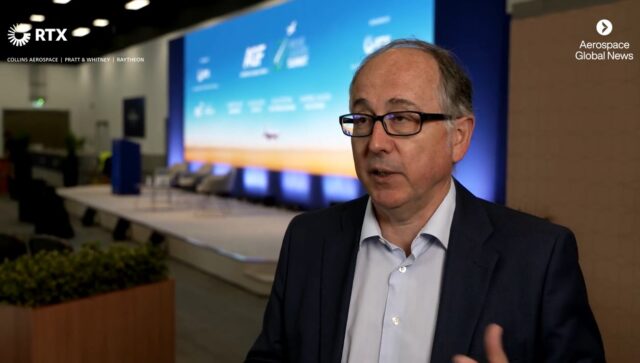How swarm robots will keep engines flying
At Singapore Airshow earlier this year, Rolls-Royce launched its IntelligentEngine concept. We talked to Richard Goodhead about how the vision is translating to reality.
The IntelligentEngine concept envisions an engine…
At Singapore Airshow earlier this year, Rolls-Royce launched its IntelligentEngine concept. We talked to Richard Goodhead about how the vision is translating to reality.
The IntelligentEngine concept envisions an engine that is “contextual, connected and comprehending,” linking product, service and digital together.
Tangible examples include the ability to monitor thousands of parameters, rather than dozens, giving a much better insight into what the engine is doing. This is in action in the new Pearl engine, which Goodhead called “the first Internet-of-Things-enabled engine.”
Other examples are the ability to use richer sources of data to keep planes flying, even in extreme circumstances. The eruption of Eyjafjallajökull in 2010 caused a shut-down of European air space. A more ‘intelligent’ engine provides the ability to better understand how the released particles can affect the engine and, Goodhead says: “Without compromising safety we can actually fly in certain conditions using these techniques.”
In a different context, weather data can be used to examine the effects of humidity on engine temperatures.
What’s next?
“Further examples we’ll be talking about soon are how we may be able to deploy advancements in robotics, including swarm robots, to do maintenance of the engine and get to places without dismantling the engine,” Goodhead noted.
Subscribe to our weekly newsletter.



